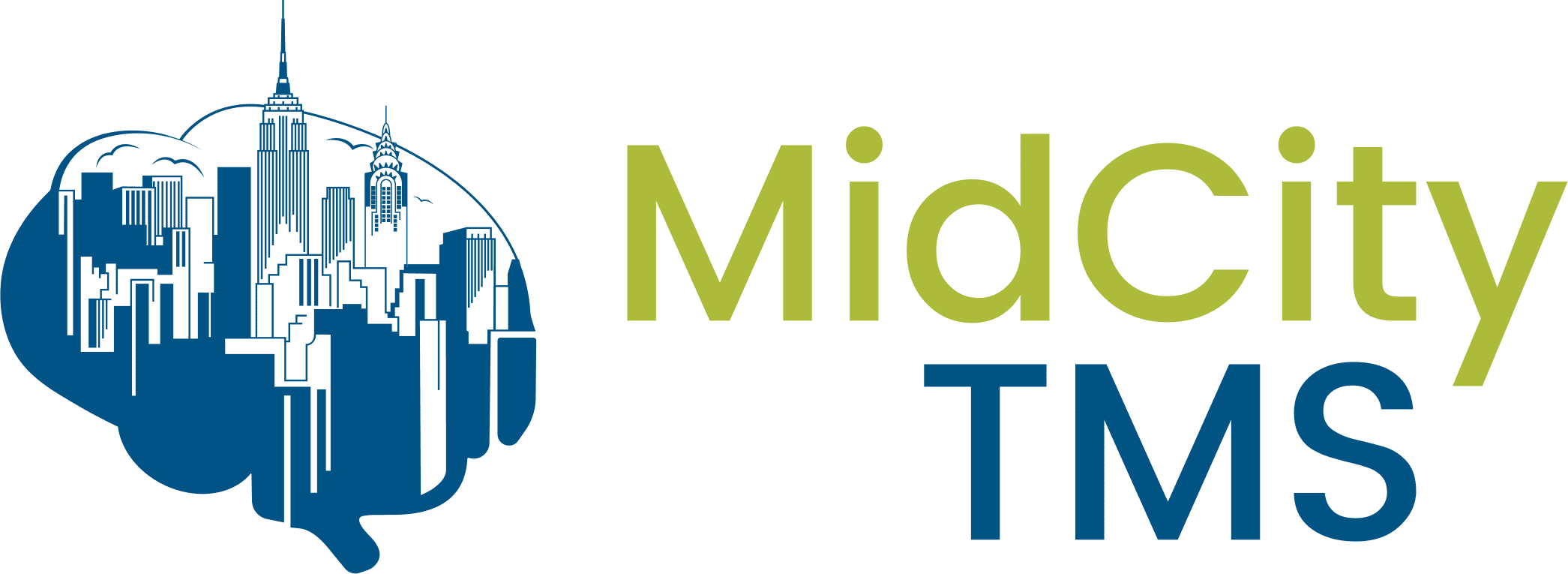While TMS (transcranial magnetic stimulation) is an effective treatment for those with depression, it is not as well-known a treatment as it should be. One reason few know about such an effective resource is accessibility. Many people, especially those with depression, can find it difficult to fit in trips to the doctor’s office.
A course of TMS usually involves sessions that occur 4-5 days a week for about 7-8 weeks. To reduce the time commitment, researchers have studied ways to shorten the duration of each of the sessions, primarily by shortening the inter-train interval.
What Is TMS?
Transcranial magnetic stimulation uses noninvasive magnetic pulses aimed at regions of the brain, usually the left dorsolateral prefrontal cortex, that regulate mood.
What Happens in a Procedure?
During the initial session, a physician will take measurements of the head to make sure the TMS coil will be positioned on the correct spot of the patient’s head. Then, the TMS coil is placed on the scalp as the doctor administers several brief electrical pulses to test the patient’s motor threshold, the amount of power needed to make their thumb twitch. This process makes sure the correct amount of energy will be used for each individual patient. Treatment begins when the coil is positioned over the left dorsolateral prefrontal cortex region of the head, and a light clicking noise will be heard as the patient feels tapping beneath the coil.
What is the Inter-Train Interval?
The Inter-Train Interval (ITI) is the time period between magnetic pulse trains, or rest periods, during a TMS session. After the 2008 FDA approval of TMS for depression, each TMS session involved a patient typically receiving 3000 pulses of 10 Hz stimulation to the left dorsolateral prefrontal cortex delivered in 75 trains of 40 pulses each (4 seconds per train) separated by an inter-train interval (ITI) of 26 seconds, for a total session time of 37.5 minutes.
Experiments with Shorter Inter-Train Interval?
To reduce the time required for each session, studies have been conducted using shorter inter-train intervals in TMS sessions. A 2017 meta-analysis study of 301 TMS articles involving 3359 patients showed having only an 11-second ITI does not impact the antidepressant effectiveness and safety of TMS; instead, the effectiveness of the treatment is more dependent on the number of sessions, the number of pulses received per session and using the proper stimulus intensity.
One recent large study, using what they call “Dash” protocol (administered the usual 3000 pulses of 10 Hz at shorter ITI’s), concluded that the ITI could be significantly shortened from the usual 26 seconds to 11 seconds without reducing treatment effectiveness.
Other studies suggest that the shortening of ITI is safe, especially when adhering to the usual intensity of magnetic stimulation.
MidCity TMS can Fit You Into Any Schedule
At Mid City TMS we have been using the shorter session protocol (11-second ITI’s) since the FDA approved its use in 2016. Not only is it as effective as the former default protocol using 26-second ITI’s, but it is also much more comfortable and convenient for our patients because the duration of each session is only 19 minutes, about half what it used to be. MidCity TMS can work with your schedule and find a treatment plan that is convenient and efficient. If you believe you may be a candidate for TMS, Contact us today to find out more.



